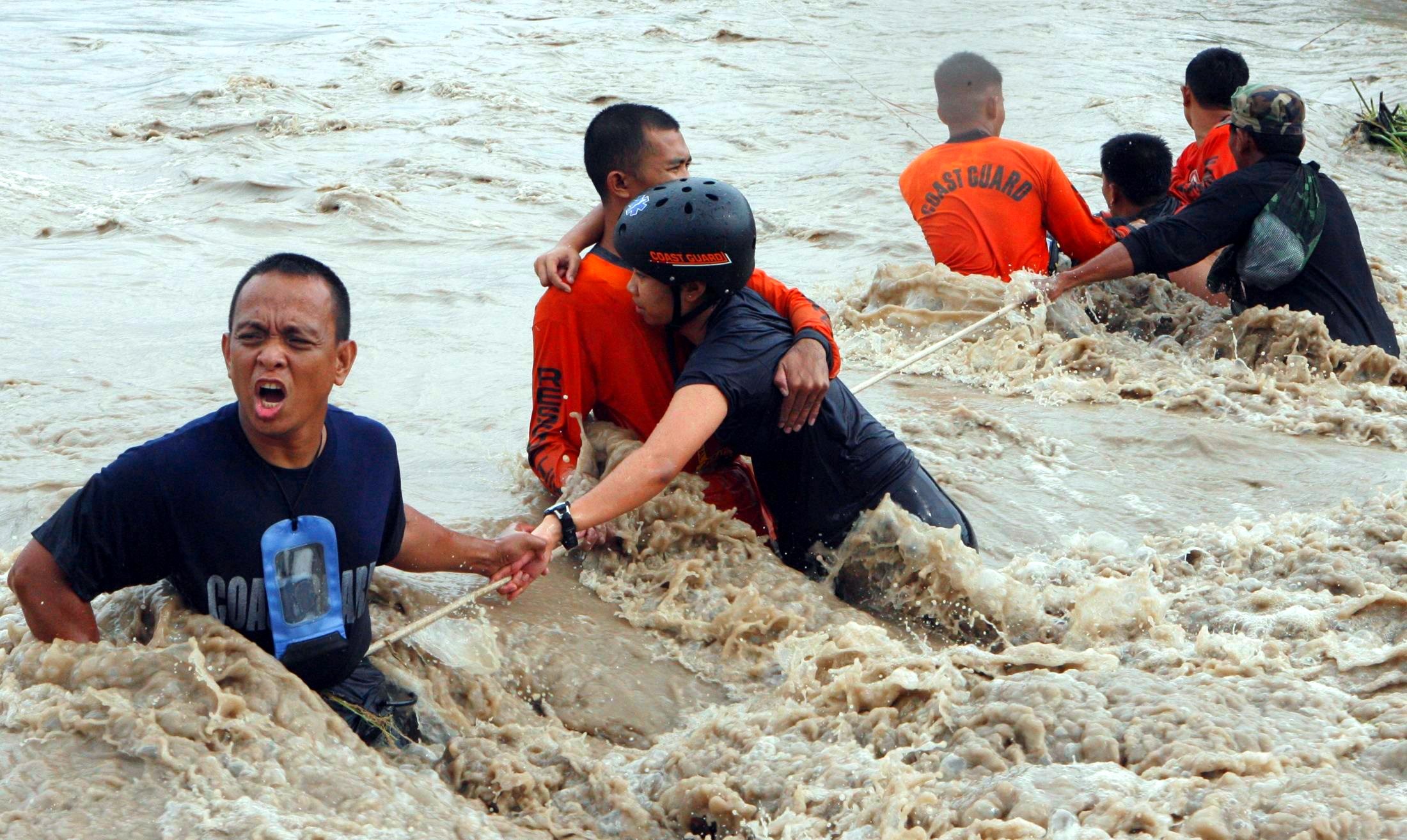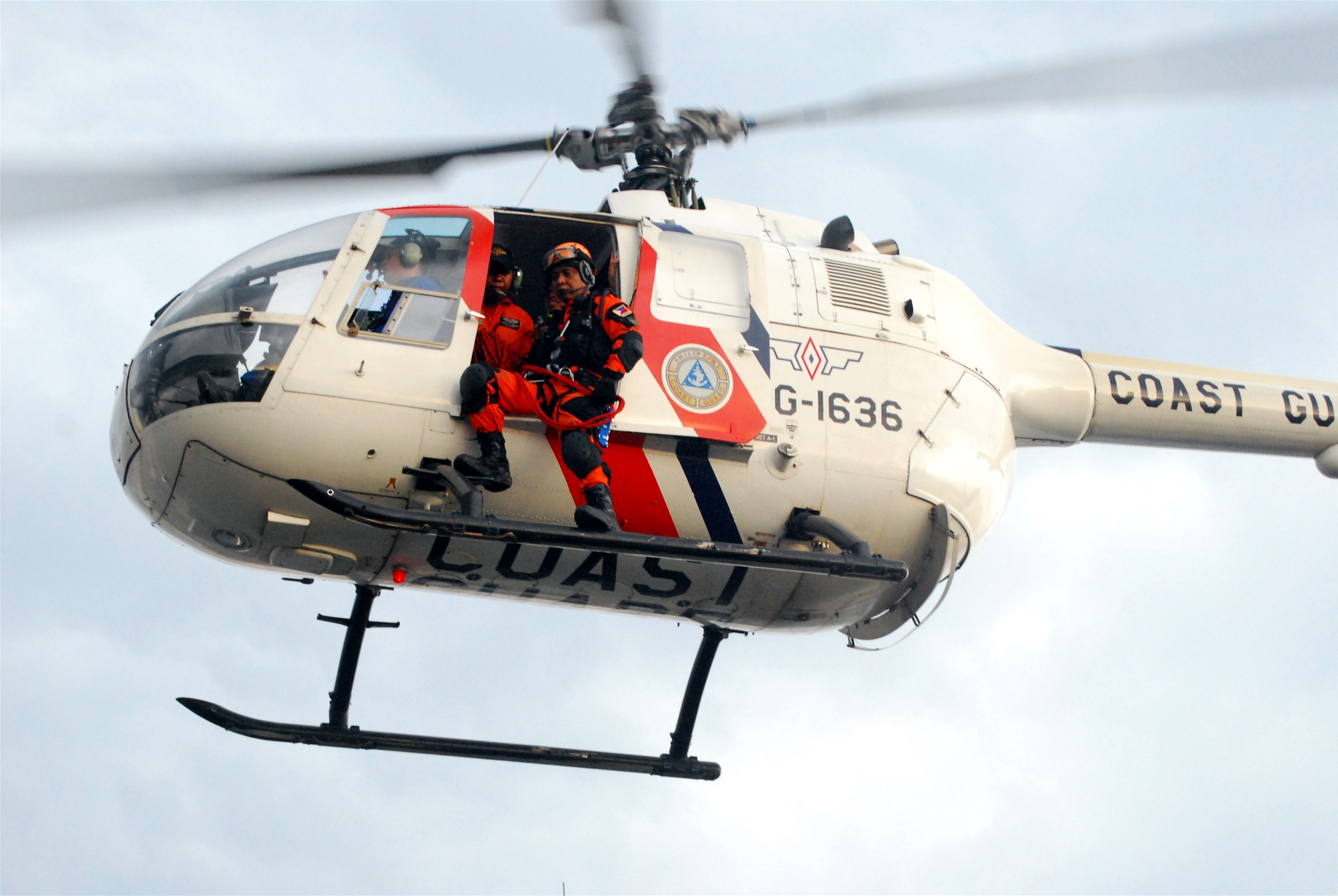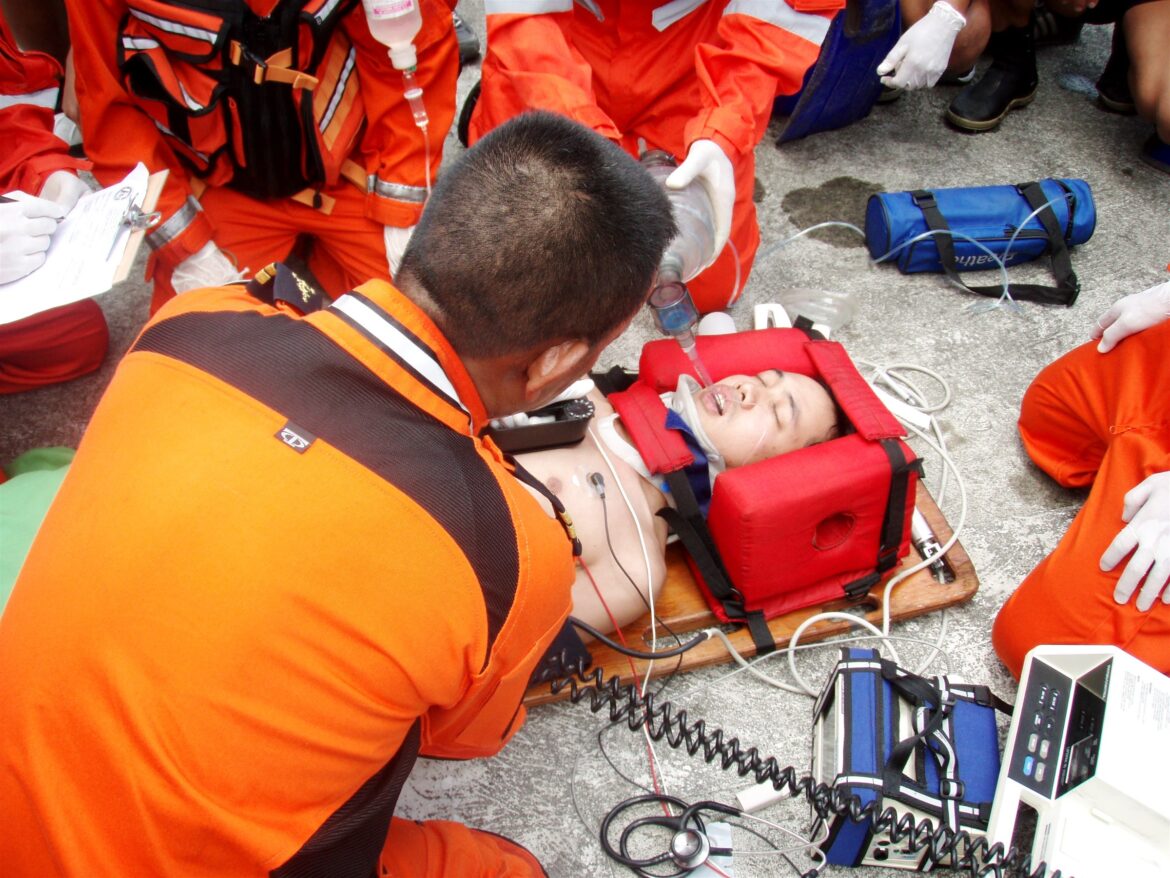Text by Henrylito D. Tacio
Photos courtesy of Dr. Teofredo T. Esguerra
“The Ring of Fire” – is what scientists call that thin region of dynamic volcanic and seismic activity around the rim of the Pacific Ocean.
“The activity is the result of the movement of the tectonic plates, the surface crust on which our world is formed, which slowly grow and butt against one another, causing cracks that allow deeper molten rock to rise to the surface through what we call volcanoes. Any movement of the plates creates seismic activity we know as earthquakes,” wrote Lindsay Bennet in her travel book entitled the Philippines.
Unfortunately, the Philippines – a country with more than 7,100 islands – is located on this rim, sometimes called the circum-Pacific seismic belt. Disasters are not just waiting to happen; they happen every now and then.
As Kathleen Tierney, director of the Natural Hazards Center at the University of Colorado, puts it: “The Philippines is one of the most disaster-prone places on Earth. They’ve got it all. They’ve got earthquakes, volcanoes, floods, tropical cyclones, landslides.”
Volcanoes
According to scientists, the Ring of Fire has 452 volcanoes and is home to over 75% of the world’s active and dormant volcanoes. The Philippines, for instance, has around 200 volcanoes scattered all over the archipelago. Fortunately, only 21 are considered active.
In Mindanao, for instance, the active volcanoes are Ragang and Matutum, both in Cotabato; Hibok-Hibok in Mambajao, Camiguin; Calayo in Valencia, Bukidnon; Bud Dajo on Jolo Island; Musuan in Bukidnon; and Makaturing in Lanao.
“Like ghosts and monsters, volcanoes can be scary when they erupt. They rumble, shake and spit out fire, steam, ashes, and rocks. But unlike ghosts and monsters, volcanoes are of this world. As such, they can be studied and understood,” said the late Raymundo Punongbayan, who was heading the Philippine Institute of Volcanology and Seismology (PhiVolcs) when he said those words.



Earthquakes
About 90% of the world’s earthquakes and 81% of the world’s largest earthquakes occur along the Ring of Fire. “The Philippines suffers around 20 earthquakes a day but most are too weak to be felt,” Bennet wrote.
The Philippine Archipelago lies between two major tectonic plates: the Philippine Sea Plate and the Eurasian Plate, according to PhiVolcs. “Philippine Sea Plate is moving towards the Philippine Archipelago at the rate of about 7 centimeters every year,” it explains. “The Eurasian Plate is being subducted along western side of Luzon and Mindoro at the rate of 3 centimeters per year except on Mindoro and northwest of Zamboanga where collision is taking place.”
At the intersection of the two aforementioned plates is the Philippine Fault Zone, “which decouples the northwestward motion of the Pacific with the southwestward motion of the Eurasian Plate.” Movements along other active faults are reportedly responsible for the present-day high seismicity of the Philippine archipelago.
Typhoons
“The Philippines is considered to be one of the most storm-exposed countries on Earth,” said the website of the US Embassy in Manila. “On average, 18-20 tropical storms enter Philippine waters each year, with 8 or 9 of those storms making landfall.”
There is no month in the country that is free from typhoons. “About 95 percent of the tropical cyclones affecting the Philippines originate in the Pacific Ocean while the rest come from the South China Sea,” says the state-owned Philippine Atmospheric, Geophysical and Astronomical Services Administration (PAGASA).
Climate change
Bad news for Filipinos. Those natural disasters will be more frequent, intense, and costly in the coming decades. Climate change is traced to be the culprit of these increasing disasters. “Climate change is expected to lead to more intense typhoons, higher sea levels, and storm surges,” said the World Bank report, Turn Down the Heat: Climate Extremes, Regional Impacts and the Case for Resilience.
During the “Iba Na Panahon: Science for Safer Communities” workshop held in Davao City, the regional office of The Department of Science and Technology (DOST) issued this statement: “(The) Philippines has experienced different kinds of natural calamities for the past few years. In December 2012, typhoon Pablo, the strongest tropical cyclone to ever hit Mindanao in Davao Oriental and Compostela Valley, left thousands of homeless and hundreds of fatalities.
“In October 2013, a 7.2 magnitude earthquake shocked the whole province of Bohol and nearby provinces including Cebu. A month later, the deadliest super typhoon Yolanda (Haiyan), flattened the Visayas area, destroying hundreds of houses, trees, buildings and other properties, leaving a thousand of dead people.”
“New normal”
At the time, when he was the head of the Department of Environment and Natural Resources (DENR), Ramon Paje urged Filipinos to accept the increasing numbers of natural calamities lashing the country as a way of life. As he said in a television interview: “There is nothing we (can) do but adapt to climate change, and the only way we could be prepared for the impact of climate change is to accept that these recent developments in our country, like intense weather disturbances, heavy rainfall, as well as (the) long dry season, are now the ‘new normal.’”
When disaster strikes, no one is indispensable – whether you are rich or poor, young or old, famous or infamous, male or female. “We need to be prepared for the worst impacts of the natural calamities brought by climate change,” urges the weather bureau.
The Worldwide Fund for Nature, in its edict entitled Business Risk Assessment and the Management of Climate Change Impacts, recommends that Davao City must be ready for the possible calamities that will befall the country’s largest city.
“Davao City is likely to face the impacts of sea level rise, increases in sea surface temperatures, ocean acidification, and inter-annual variability of rainfall. It is also likely that Davao will become the refuge of many migrants –a trend, which has already begun,” the study said.
Science-based formula
In a speech delivered during the Davao workshop, then Science Secretary Mario Montejo believed science can be used “to better understand and improve our disaster planning and preparations at the national and local community levels.”
And his science-based formula in dealing with natural calamities: “Early warning leads to early action. Early action minimizes loss. Therefore, reduced amounts of loss lead to early recovery.”
Based on the lessons from the Super Typhoon “Yolanda” catastrophe, the DOST has come up with a 4-point agenda to guide community disaster preparedness: (1) increase local risk knowledge, (2) capacitate hazards monitoring, (3) test warning and communications protocol, and (4) build response capability in communities.
Mitigating natural disasters
Unfortunately, most Filipino households are not prepared for calamities and natural hazards despite living in a disaster-prone country. This was what the survey conducted by Harvard Humanitarian Initiative Disaster Net found out.
“Only 36% of respondents felt fully prepared in the face of disasters, while 33% reported that they were somewhat prepared when calamities strike,” wrote Inquirer reporter Jhesset O. Enano. “The remaining third claimed that they were only slightly or not at all ready for natural hazards.”
To think, disasters often recur in the same place – annually or with a gap of some years, according to Bob Hansford, disaster risk management advisor at Tearfund, a Christian relief and development agency.
In his article, “Managing disaster and building safer communities,” Hansford talks about the four things that happen when a disaster strikes: emergency response, rehabilitation, mitigation, and preparation.
“In the first few days and weeks after a disaster, there is a need for search and rescue, medical care, food, water, sanitation and shelter, as well as emotional support,” he explains on what an emergency response is.
Rehabilitation comes next. “As the weeks pass, houses need to be repaired, water supplies restored, and livelihoods reinstated,” Hansford says. “Rehabilitation is often called recovery.”
Mitigation is closely linked to rehabilitation. Examples include stronger or raised houses, water pumps on raised platforms, alternative crops to cope better with flood or drought. “Mitigation activities help to ‘build back better,’ making the community more resistant to future hazards,” he says.
Part of Filipinos’ lives
“Filipinos should make it like a part of their lives. They should be like Japanese who are always prepared; in fact, they have some survival kits which have already become a part of their day-to-day activities,” replied Dr. Teofredo T. Esguerra, a flight surgeon who is an expert on emergency medical services, when asked on how Filipinos can respond to disasters.
Filipinos need to be disaster-equipped, he suggested. He was referring to those who rescue during calamities. Rescuers, he said, must be trained to follow the six S’s (security, safety, survival concepts, “sentido komon” or common sense, scientific, and systematic.) and three T’s (tribal skills but technologically supported, tactical and technical, and tough yet tender).
Although there are claims that Filipinos are resilient when it comes to disasters, he dispels the myth.
“We have to be like the Japanese who know they are sitting on the top of a volcano or Israelis who are surrounded by potential enemies,” Dr. Esguerra suggests. “After all, we are along the disaster and accident corridor. We need to have all the knowledge (of all potential disasters) and the readiness (should these disasters come).”

